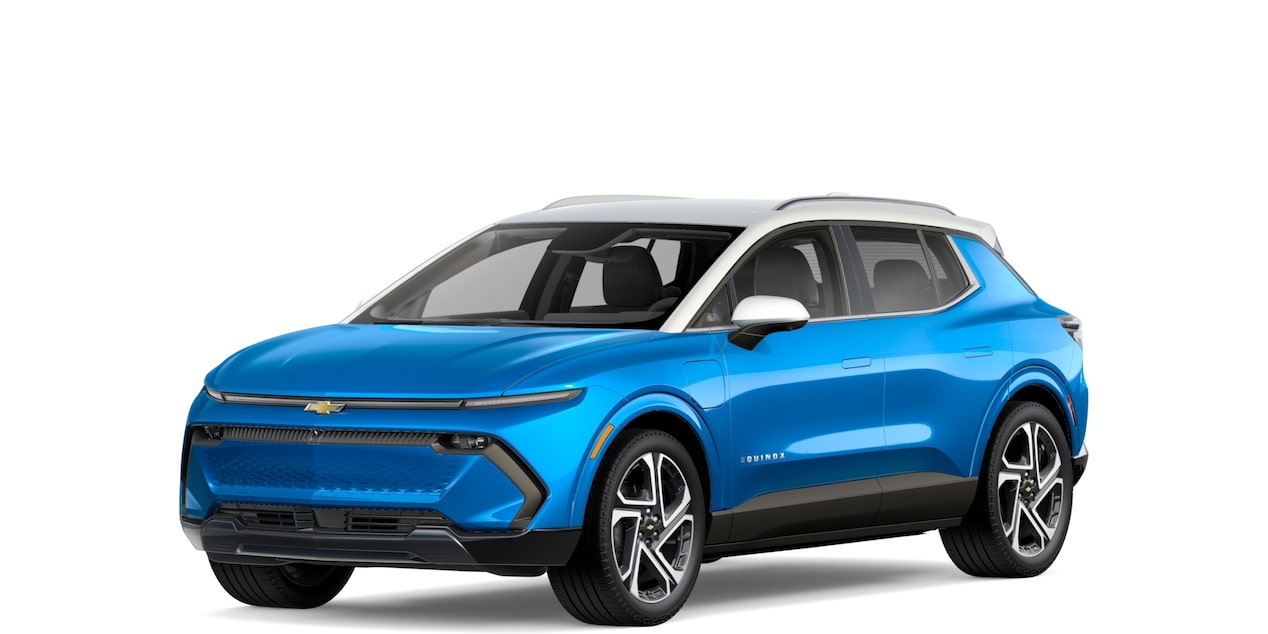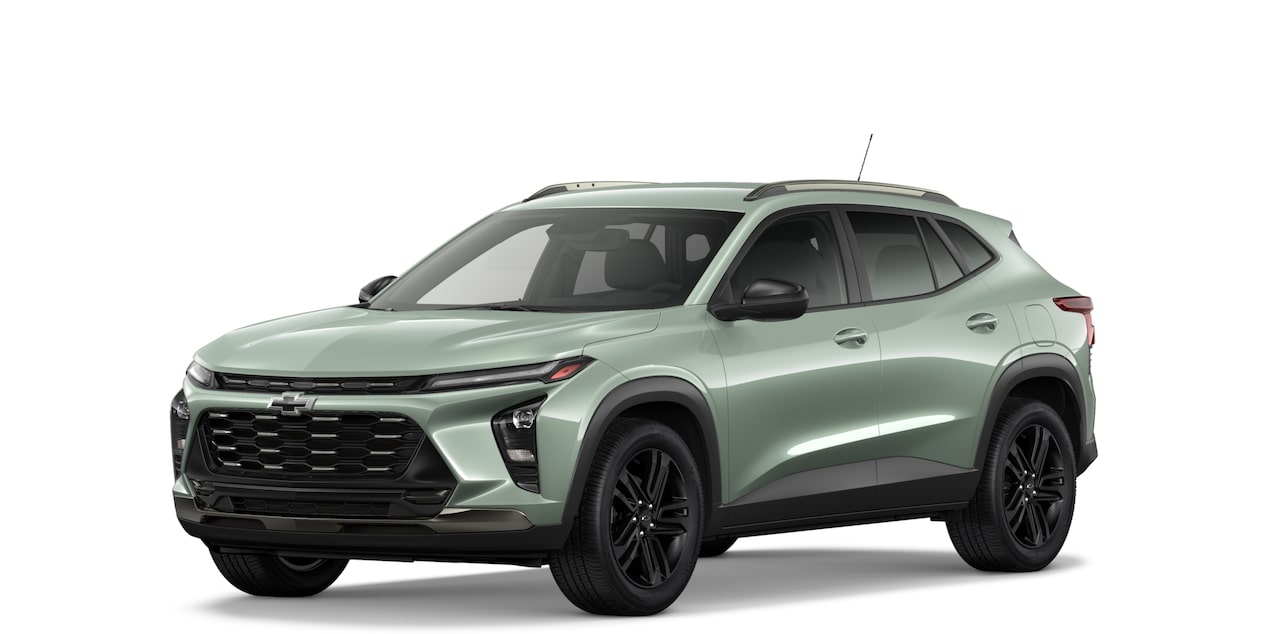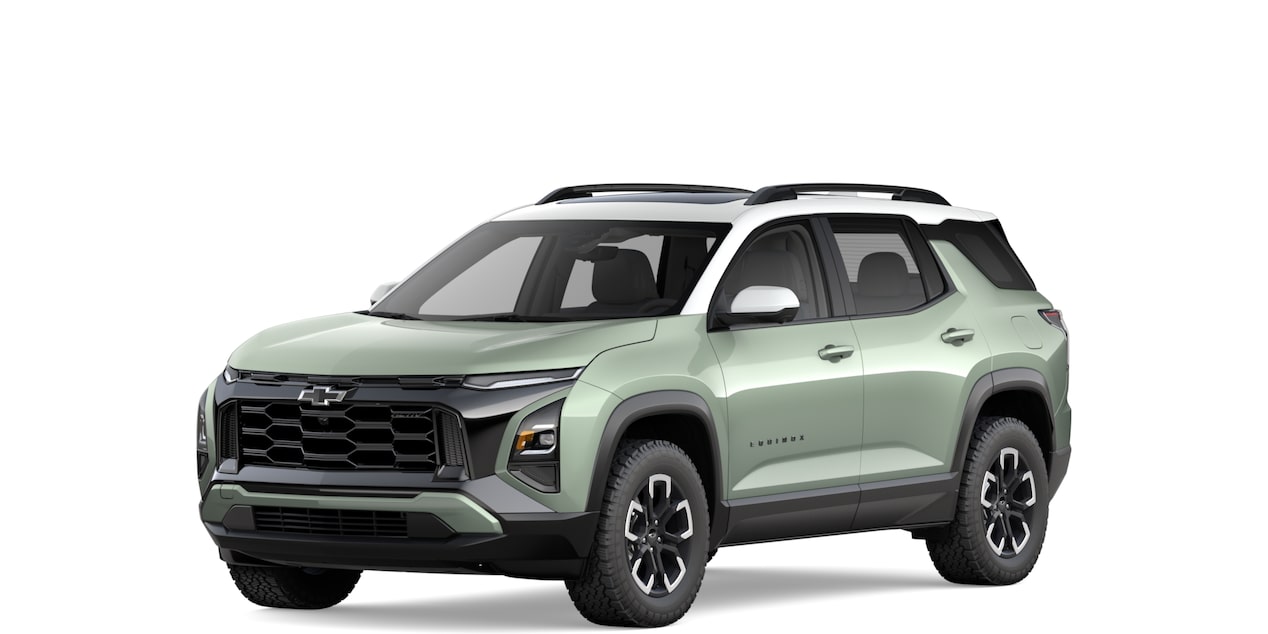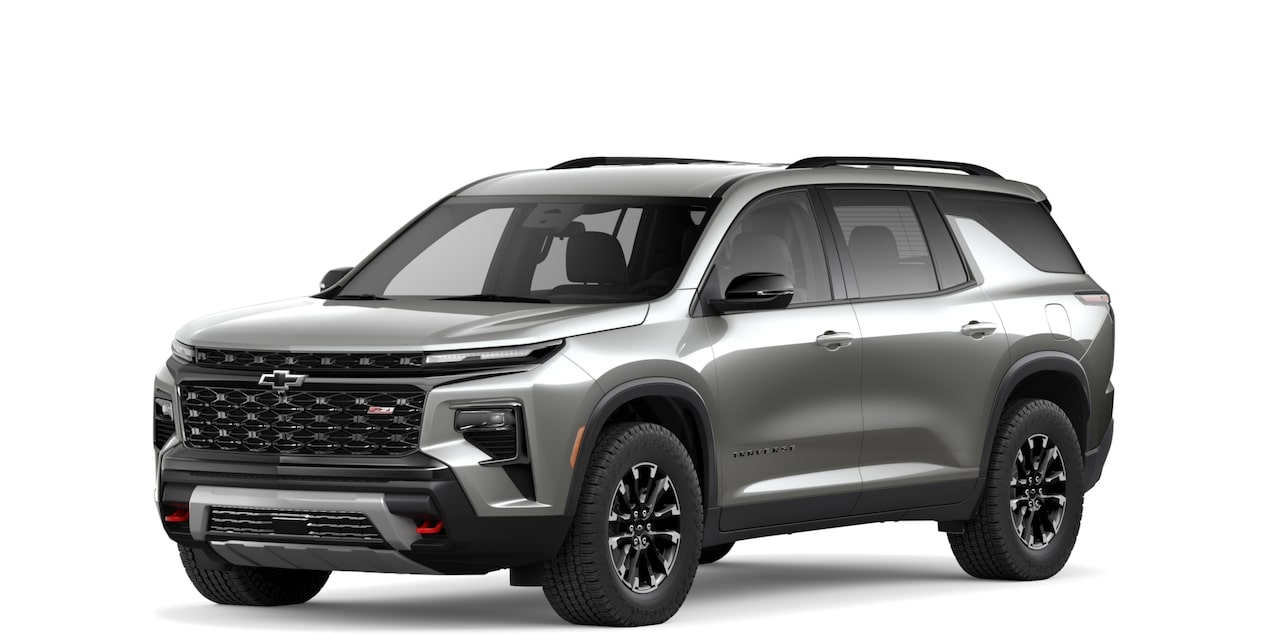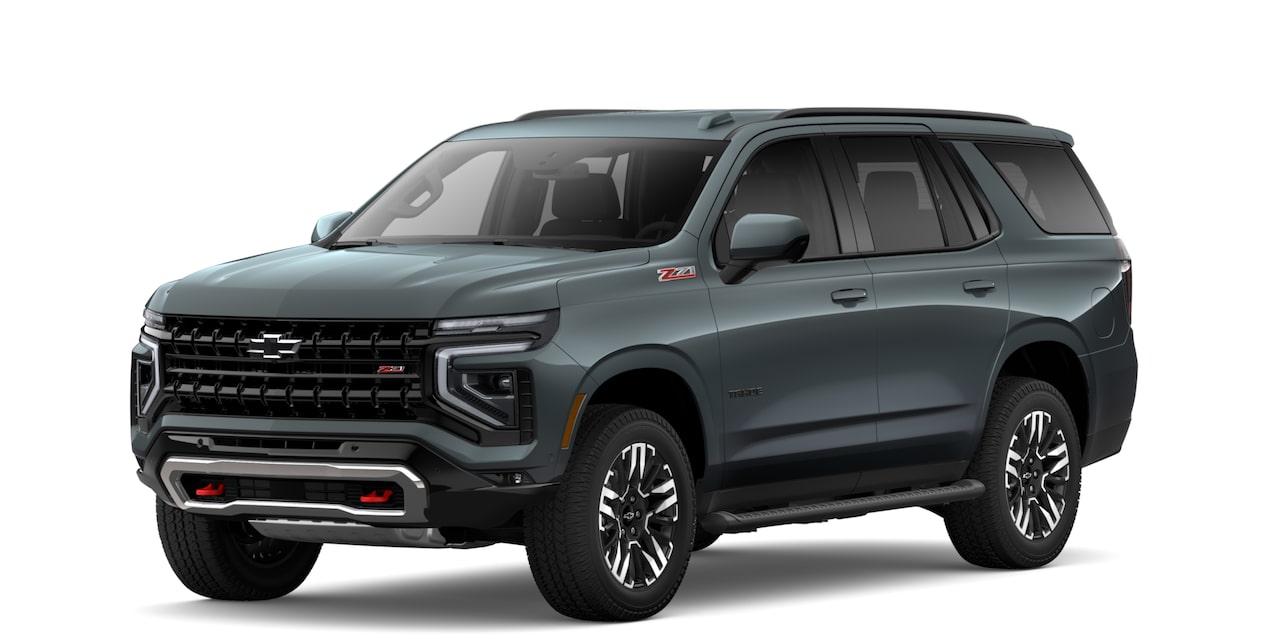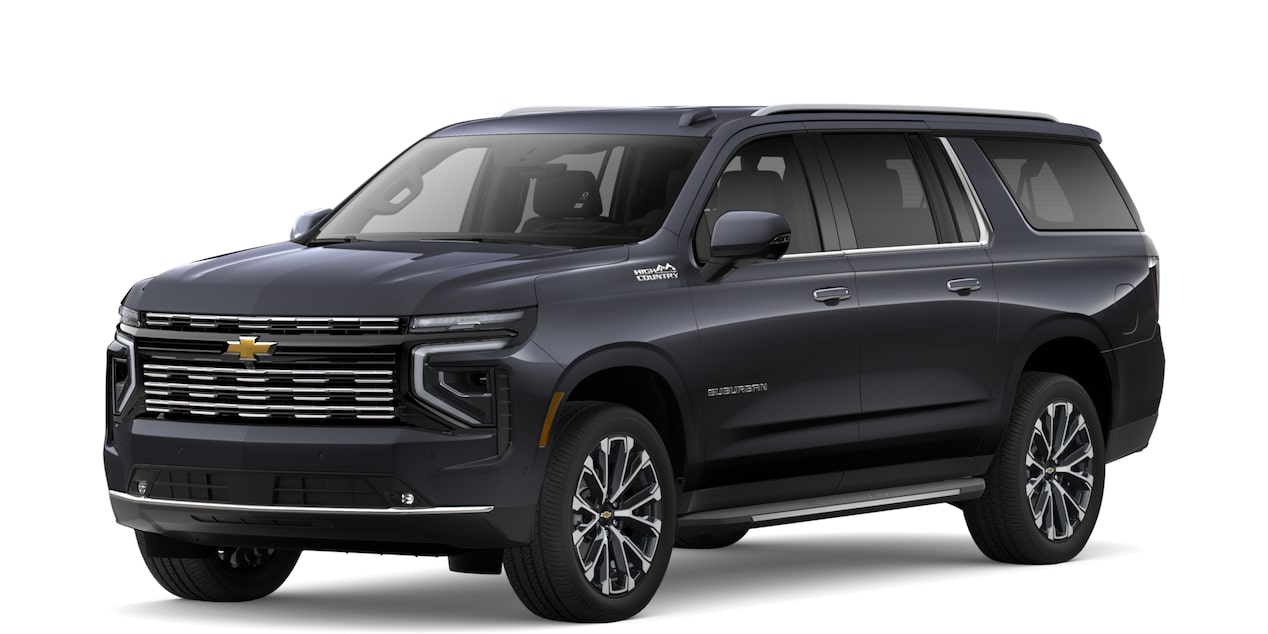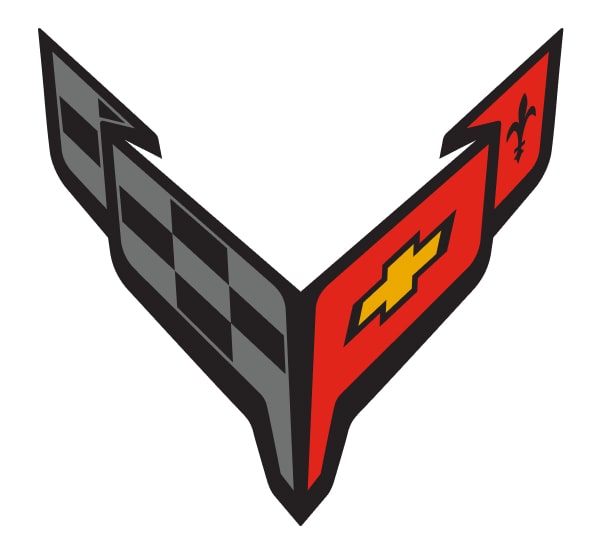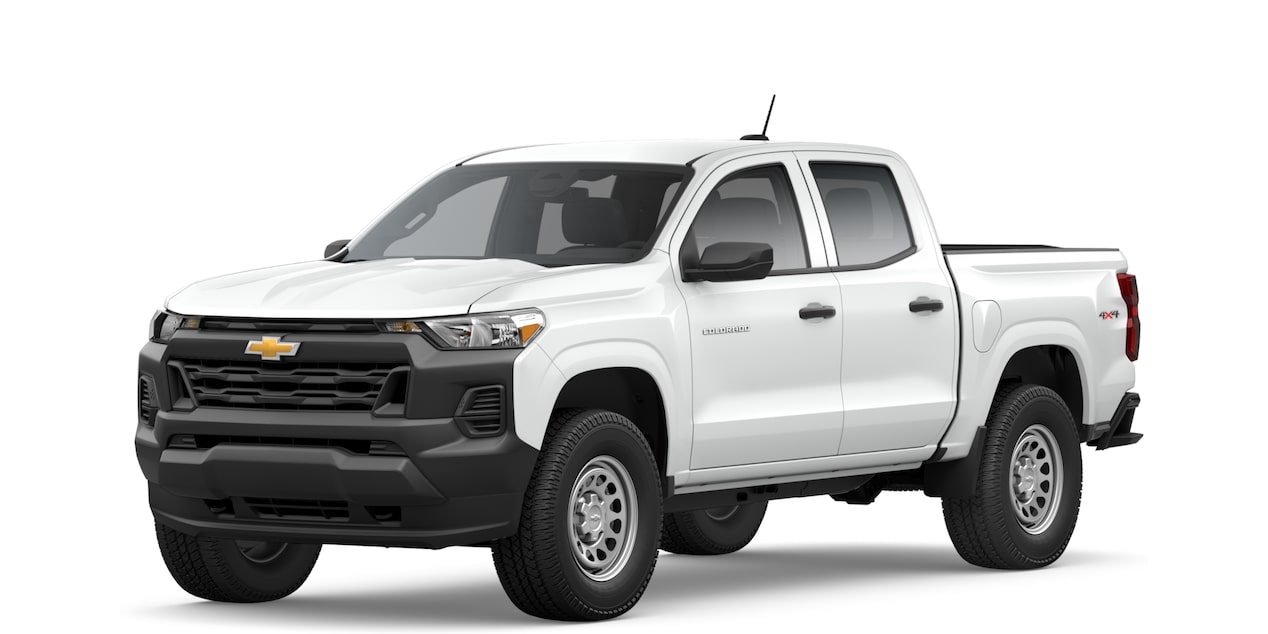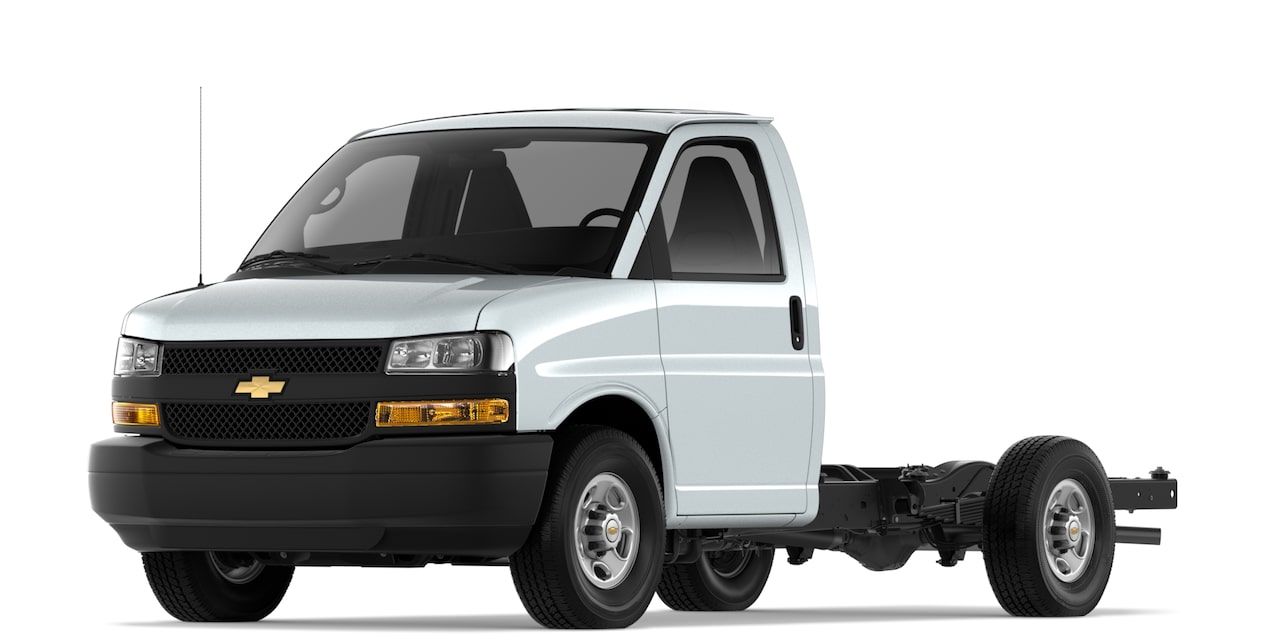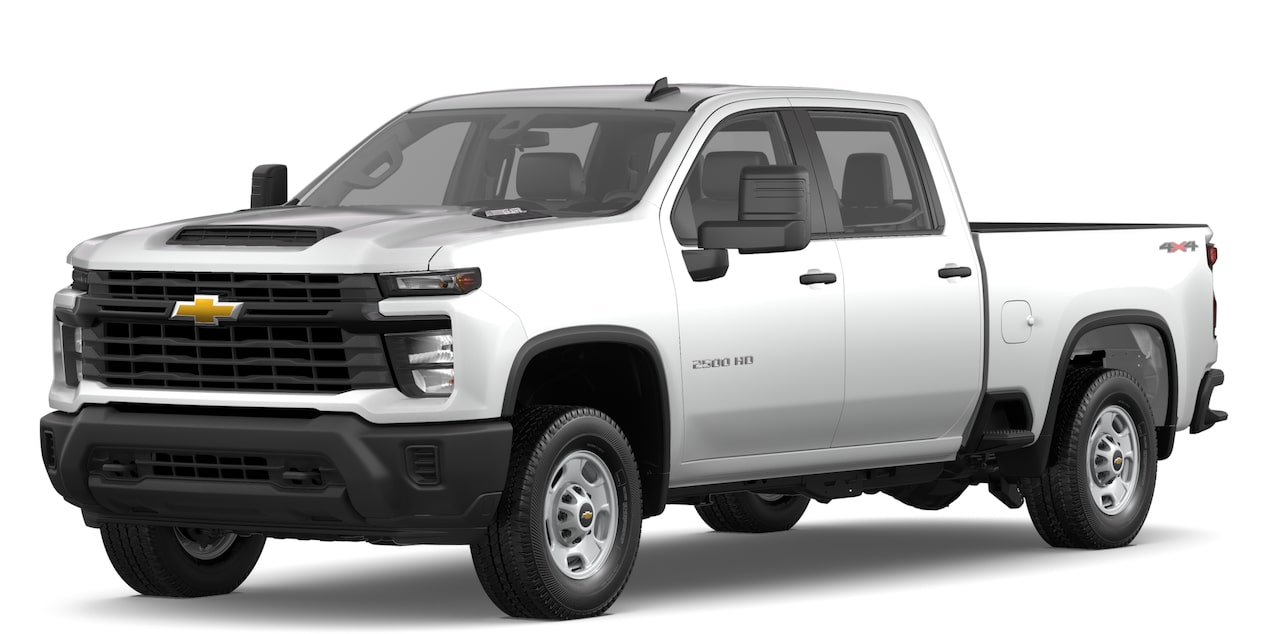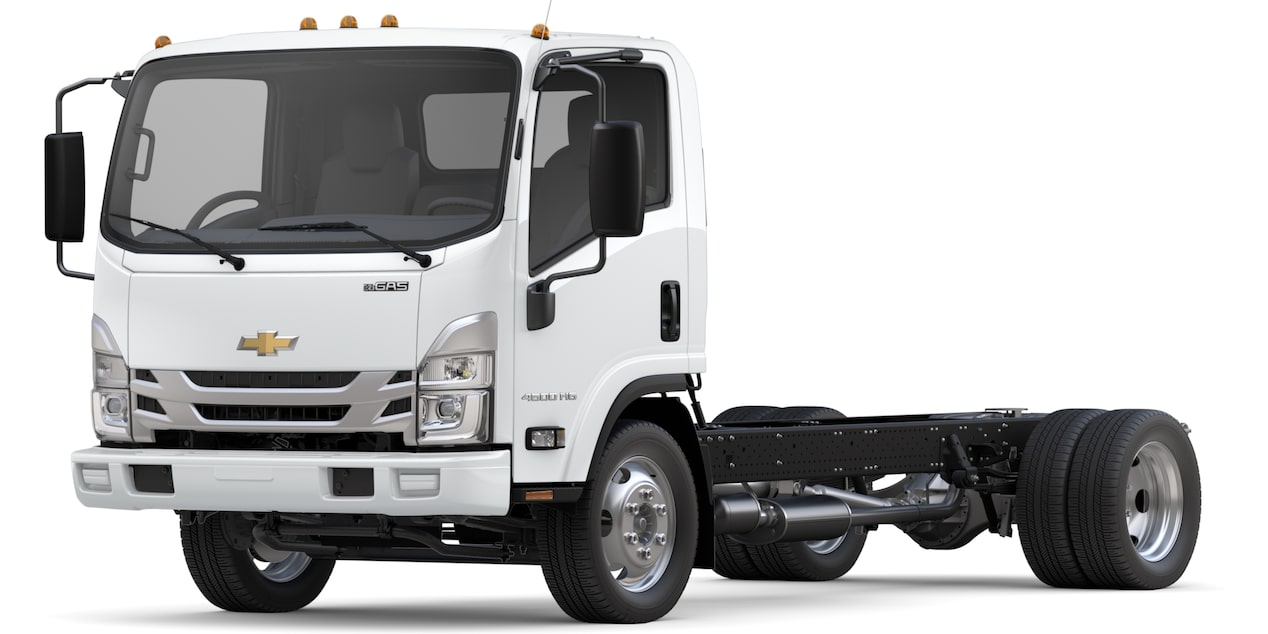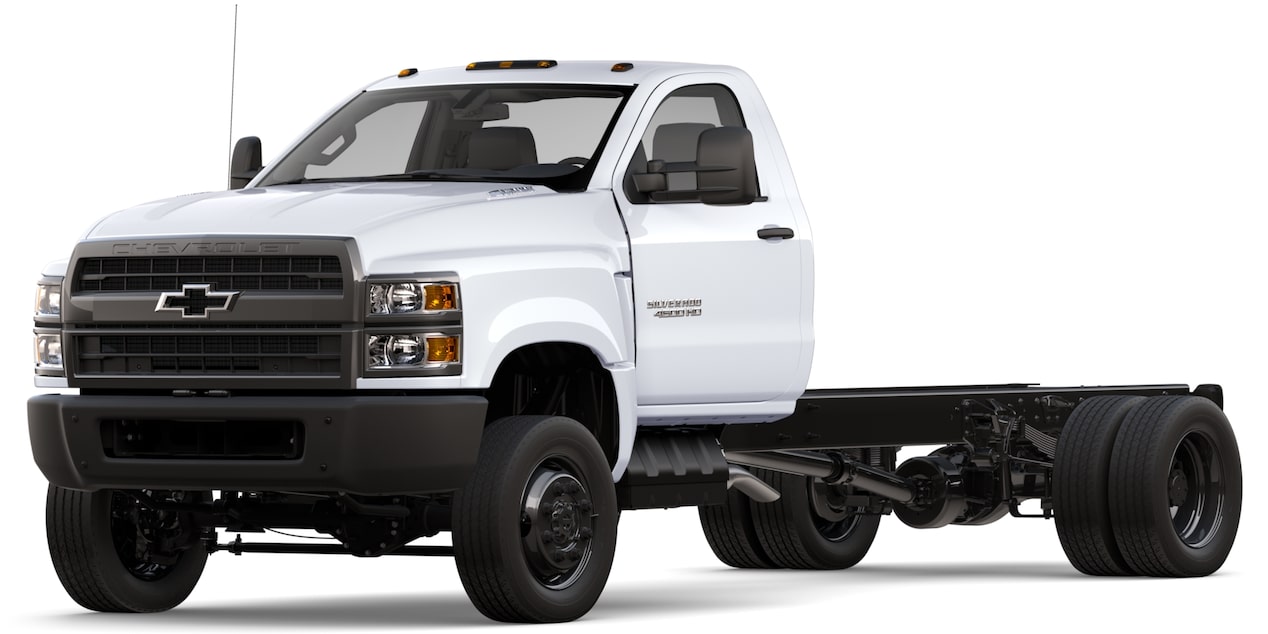
When Jim Meyer turned 16 in September 1966, television ads for the forthcoming 1967 model year Chevrolet vehicles began to appear. As the now iconic versions of the Camaro, Chevelle and Nova flickered across his screen, he was immediately hooked.
Fast forward several decades and he now owns a gorgeous Glacier Ice Blue ’67 Nova named “Blownaway.”

Jim Meyer’s 1967 Nova has received multiple accolades, including selection as a 2023 Goodguys Rod & Custom Association Street Machine of the Year finalist.
The car is powered by a Chevrolet Performance LS376/525 crate engine* and is topped with a 2.9L Whipple supercharger – both for added power and to provide a unique look.
The Nova was a finalist in the prestigious Street Machine of the Year category during the 2023 Goodguys Summit Nationals in Columbus, Ohio. It also finished in the top 10 in the Pro’s Pick category at the NSRA Street Rod Nationals in Louisville, Kentucky, and was named a Chevrolet Performance Builder of the Year finalist in the GM Iron class at the Goodguys Colorado Nationals in Loveland, Colorado. The Nova also won Best Use of Color at the Colorado Nationals event.
The car was built by Ron Jones Garage in Windsor, Colorado, just north of Denver, a place where the car’s owner now works.
“I worked for several large, major corporations and then retired, but retirement wasn’t for me,” said Meyer, a native of Fort Collins, Colorado, during the Goodguys Columbus event. “Ron was nice enough to hire me.”
As a result, the owner of the car was in the shop during much of the project’s four-and-a-half-year build, offering a unique perspective on the day-to-day work.
Meyer found the rust-free car near Denver after a father-and-son duo was unable to finish the project. The Nova had sat in a trailer covered in primer for a decade when Meyer obtained the car and began the build in earnest. He bought the LS376/525 as part of a Connect & Cruise Crate Powertrain System with a Super Magnum six-speed manual transmission. He also purchased a Roadster Shop FAST TRACK chassis for improved handling and performance.

The car is powered by a Chevrolet Performance LS376/525 crate engine* topped with a Whipple supercharger.
Meyer then found Ron Jones Garage, which disassembled the vehicle and went to work with some custom fabrication. The team narrowed the chassis’ rear end four inches, and ultimately, turned it into a bolt-on chassis as opposed to its original weld-on nature. The shop’s fabricator, Justin, added new sheet metal to the Nova’s body as well before it was put back on the car.
After adding the supercharger and doing some mechanical work himself, Meyer brought the car back to the shop and soon started working there.
“The scope of the project got bigger and bigger and the excitement got more and more with Ron's help and Justin's help, and a lot of the people in the shop came up with ideas,” Meyer said.
He selected the LS3-based power plant for multiple reasons, and sees it as a perfect combination with the Whipple supercharger.

Ron Jones Garage in Windsor, Colorado, built the Nova.
“I wanted the reliability of the [LS376/525], but I wanted a little bit more horsepower,” Meyer said. “Not that I needed it, it just was a man thing I guess. And I wanted the sound of the Whipple. But I wanted the durability and reliability of the GM crate motor.”
The Chevrolet Performance LS376/525 crate engine is based on the standard 6.2L LS3 crate offering* from the Bowtie, but features an aggressive ASA camshaft to help make 525 horsepower and 486 lb.-ft. of torque.
The team at Ron Jones Garage added some custom touches to the power plant as well, most notably, 3D printing and pouring urethane boots to hide all of the fuel injectors. They also designed and poured a mold of the throttle body designed to hide a variety of connectors and wires. In addition, the engine sports custom valve covers with “Blownaway” in billet aluminum script. The name is partly a nod to the supercharged engine, and also appears on the trunk and dashboard.
For Ron Jones Garage, adding the Connect & Cruise package was fairly easy,
“We do a lot of Connect & Cruise, the majority of the stuff in our shop are LS-based Connect & Cruise [packages],” Jones said. “We love that concept. We like the looks, we know we can modify it, we know we can fire it up, we know we can run it. You can’t beat that.”

The Nova’s Glacier Ice Blue paint turns heads at shows across the country.
The team changed the location of the engine, however, and also added a modified two-inch cowl-induction hood for improved fitment.
“We did move this one back four inches and down two inches to give us more hood clearance,” Meyer said. “So it would probably make somebody a great track car because the center of gravity is at a lower depth.”
He was able to put that concept to good use in Columbus, where autocross is part of the Street Machine of the Year program.
“Drivability-wise it’s just hard to beat,” Jones said.
The car sits on Michelin Super Sport tires measuring 345/35/19 in the rear and 245/35/18 up front. They are wrapped around bronze Curtis Speed Equipment wheels; Meyer has known owner Mike Curtis’ father since they went to school together.
The wheels complement both the bronze accents under the hood and the Nova’s blue paint, a custom version of Meyer’s favorite color. Other exterior modifications include flush-mount glass and the deletion of the vent windows.

The interior maintains the checker pattern found throughout the car.
JJ’s Upholstery in Denver was responsible for the interior, which maintains the bronze-and-blue look. The leather seats feature a bronze square-checker pattern that matches the checkers on the grill and rear of the car. The interior also includes a one-off dash and a one-off console inspired by a C8 Corvette.
Ron Jones Garage has been in business since 2009 and now counts 17 employees. Among its other current projects are a 1969 Chevrolet K10 4x4 featuring an LT5 crate engine*, a 1958 Corvette and a 1966 Pontiac GTO each powered by the LS376/525, and a 1959 Chevrolet Apache set to utilize LS power.
The team has won multiple awards, and despite the distance to many major events in the eastern portion of the United States, can often be found showing its vehicles at them.

Jim Meyer (blue shirt) flanked by members of the Ron Jones Garage team, including Ron to his left.
The owner of the Nova also working as an employee added a unique element to this project.
“It’s really difficult to build a car with the customer there every day, “Jones joked. “He sees everything. Everything that goes well and everything that doesn't go well.
“There are so many details and it's nice that at our shop a lot of guys have a lot of creative minds and we just kind of bounce ideas off of each other and then we have a final product.”
Meyer is also proud of the team’s accomplishments, of which he is now a major part.
“It’s been a long-term labor of love with ups and downs, thrashing, and then making decisions and backing up and doing some things over again just to get it right,” Meyer said. “Ron is very particular with the fine details. I don't really see them until I see them, he sees them immediately. So, with his help and guidance and everybody else that helped, they built a wonderful car. We’re very happy with it.”
Be sure to keep watching The BLOCK for more Chevrolet Performance-powered builds from Goodguys Columbus and events nationwide.
*Because of their effect on a vehicle’s emissions performance, these engines are intended exclusively for use in competition vehicles. These engines are designed and intended for use in vehicles operated exclusively for competition: in racing or organized competition on courses separate from public roads, streets or highways. Installation or use of these engines on a vehicle operated on public roads, streets or highways is likely to violate U.S., Canadian, and state and provincial laws and regulations related to motor vehicle emissions.

